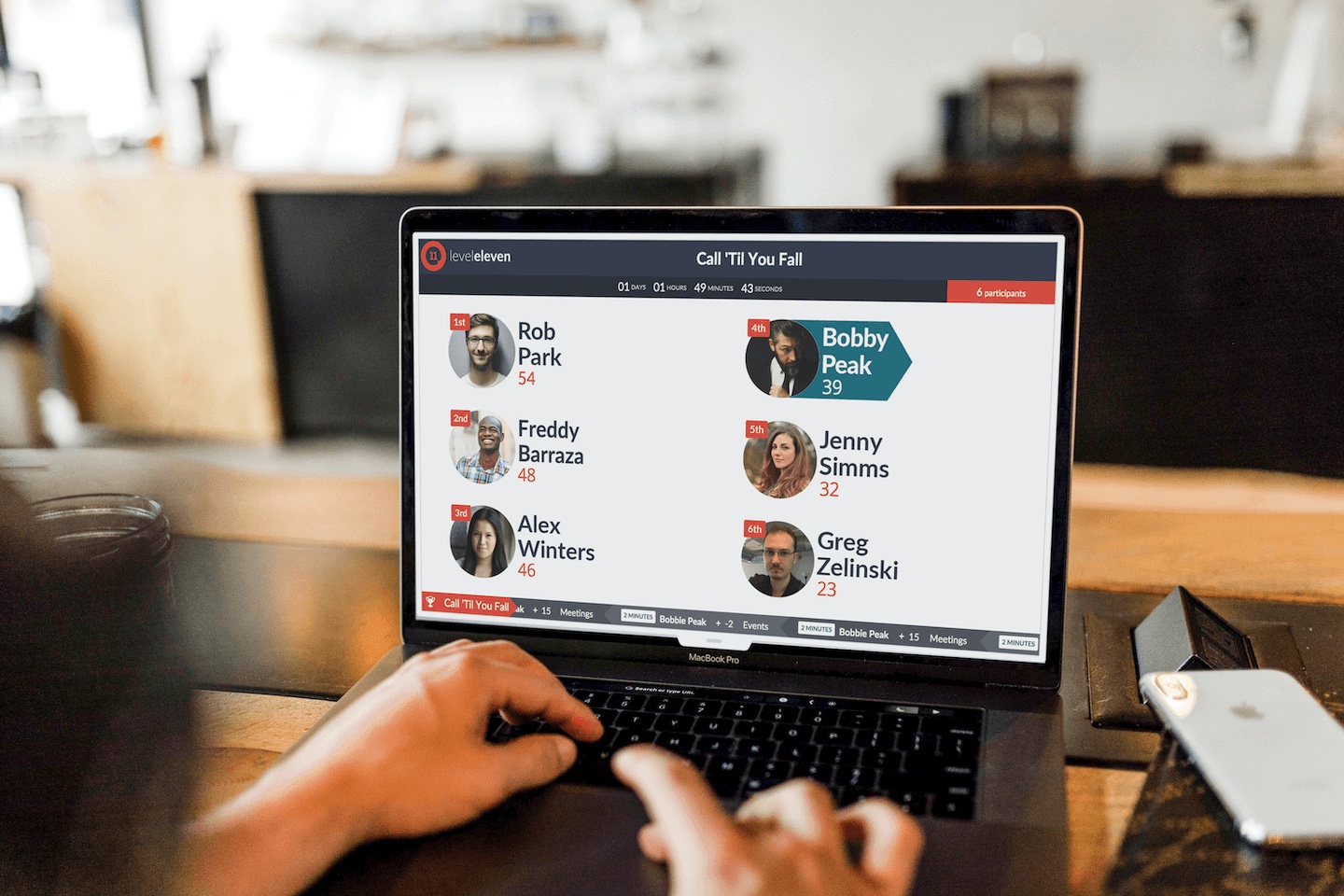You have learned the bare bones of gamifying the workplace, and you were introduced to the idea of employee engagement through the inclusion of main and side missions. Congratulations! You have now graduated to the big leagues.
In this blog, we’re moving on to a major element of gamification: competition. When we talk about competition in this way, we’re referring to everything that makes it up: leaderboards, contests, and what it takes to make this portion of gamification effective in the workplace.
Contests and leaderboards are probably the principles of gamification that you are most familiar with, but do you know why they work?
Follow along to understand the psychology behind these major components of workplace gamification.
A Competitive Edge
When you think of gamification in the workplace, you probably first think of sales contests. And you’re not wrong for thinking that. The traditional sales contest sets the stage for smaller, equally powerful elements to come to life and bring about massive change in productivity, engagement, and even pipeline.
Those so-called smaller elements include things like leaderboards. After all, a contest isn’t really a contest unless results are being tracked in real time.
LevelEleven enables managers to set up their very own sales contests using an easy-to-use template. Leaderboards are introduced and displayed throughout your CRM so everyone knows where they rank.
These contests can be set up at any time, but, as we’ve discussed in previous blogs in this series, it’s crucial for there to be a good reason behind them. Players (sales reps, in this case) need to see themselves in the game, and there needs to be purpose and something to work towards with recognition and reward along the way.
So, as discussed, rallying the teams around metrics that matter most to your organization will always be most effective in bringing about change for the better.
The Psychology Behind Leaderboards
Perhaps unsurprisingly, there has always been controversy about contests and leaderboards in the workplace. Some have argued that leaderboards are a source of de-motivation and general discouragement.
To better understand why this is wrong, you must truly understand the two main functions of leaderboards:
- Rank individual success based on meeting performance criteria.
- Scores act as competitive indicators of progress that compare performance to other players.
Why is this important? Let’s take the argument against leaderboards that says they are discouraging and bring the Social Comparison Theory into the conversation. Skeptics claim that leaderboards — specifically the ability to see those other scores — have a negative impact on individual self-esteem, self-perception, etc.
However, the Social Comparison Theory argues that identifying the differences between yourself and others is absolutely essential in understanding your own skills, strengths, etc.
In essence, how do you know you’re excelling in a particular aspect of your job without anything or anyone else to compare your performance to? Or, similarly, how do you know certain skills need improving if you’re only aware of your own performance? In order to gain the best understanding of ourselves, we must look to those around us. This is what’s referred to as social learning.
In sales specifically, this leads to a term you’re likely very familiar with: shared knowledge. When designed properly using the right reasons we’ve previously discussed, the inclusion of leaderboards can actually foster an inclusive environment where individuals will choose to seek out top performers for development.
That type of working environment is what we’re all after anyway, right? The kind with support and the feeling that you can turn to your peers to learn what they might be doing better than you without embarrassment.
That is the power of leaderboards. That is the power of gamification.
Gamify Your Workplace
We have had so much fun dissecting the ever-popular concept of gamification in the workplace. It’s a topic that so many are curious about, and we hope to have left you with great knowledge of gamification.
Gamification is so much more than just a buzzword. The various individual elements that make up the concept are so powerful when implemented in daily life, specifically in the workplace.
As we wrap up this blog series, we would love to chat with you about implementing gamification in your organization using LevelEleven. When it comes to gamification, our team is always ready to talk!




